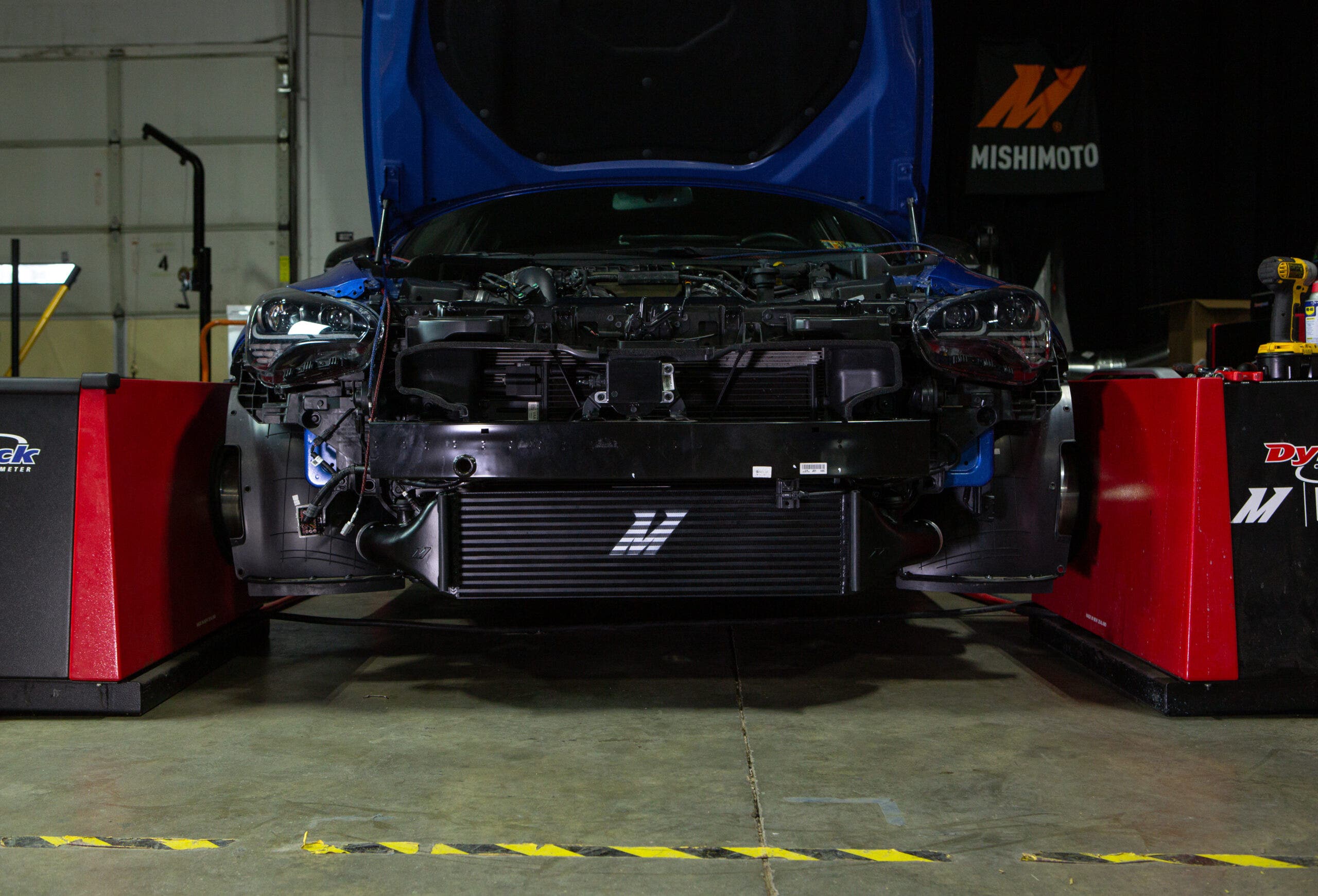The Cummins coolant temperature sensor is typically located near the thermostat housing or in the engine block. This sensor plays a crucial role in monitoring the engine’s temperature for optimal performance and efficiency.
When dealing with a Cummins engine, locating the coolant temperature sensor is essential for diagnosing and troubleshooting issues related to overheating or engine performance. By understanding its precise location and function, you can ensure proper maintenance and keep your engine running smoothly.
In this guide, we will explore the importance of the coolant temperature sensor and provide insights on where to find it in a Cummins engine. Let’s delve deeper into this key component and its significance in maintaining your engine’s health and performance.


Credit: shop.advanceautoparts.com

Credit: www.ebay.com
Frequently Asked Questions On 6 7 Cummins Coolant Temp Sensor Location
What Is The Purpose Of A Coolant Temperature Sensor?
The coolant temperature sensor monitors the engine’s temperature and sends the data to the vehicle’s computer. This information is essential for the engine’s performance, fuel efficiency, and emission controls.
How Can I Locate The Coolant Temperature Sensor In My 6.7 Cummins Engine?
The coolant temperature sensor in a 6. 7 Cummins engine is typically located near the thermostat housing or on the cylinder head. Consult the vehicle’s manual or seek professional assistance to locate it accurately.
What Are The Signs Of A Faulty Coolant Temperature Sensor?
A faulty coolant temperature sensor can cause symptoms such as engine overheating, inaccurate temperature gauge readings, rough idling, and increased fuel consumption. If you notice any of these issues, it’s recommended to have the sensor inspected and replaced if necessary.
Conclusion
To conclude, locating the coolant temperature sensor in your 6. 7 Cummins engine is crucial for its overall performance and health. By efficiently monitoring the engine’s temperature, this sensor ensures optimal functioning and prevents potential damage. Whether you’re a DIY enthusiast or a professional mechanic, understanding the sensor’s location is vital for accurate troubleshooting and maintenance.
So, make sure to consult the manufacturer’s manual or seek professional advice to locate and replace the coolant temperature sensor when needed. Keep your engine running smoothly with this essential knowledge.